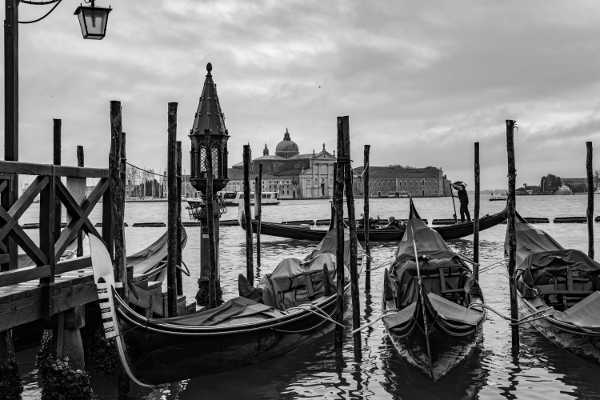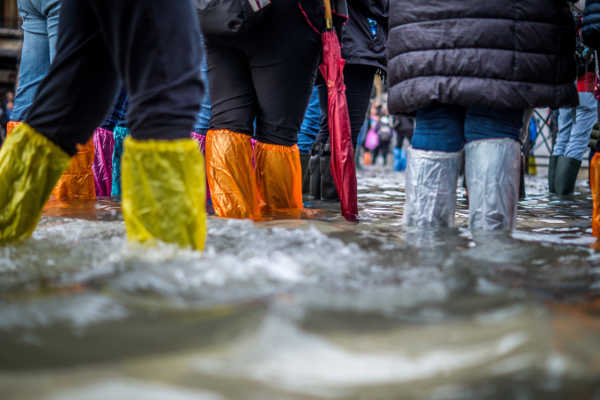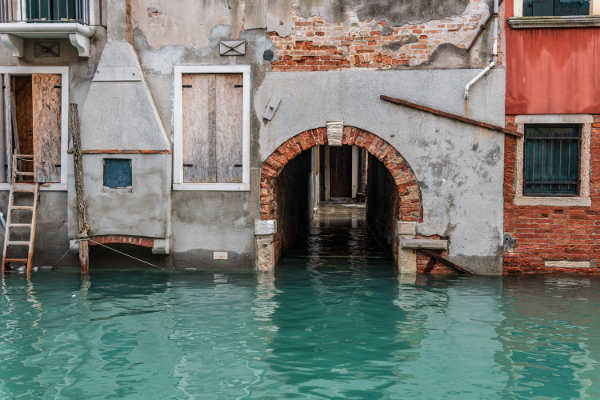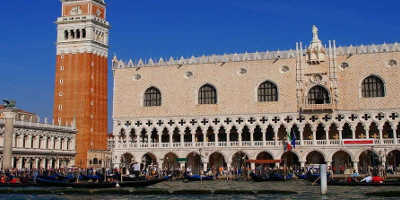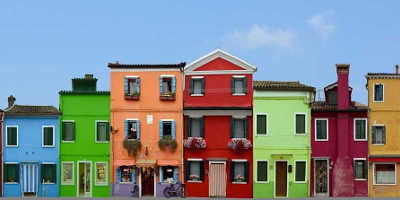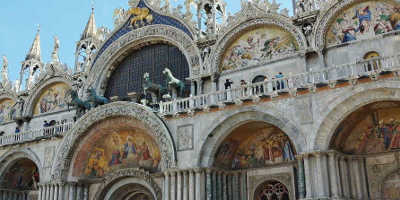The Future of Venice: What will happen?
With the recent floods shocking locals and tourists alike, is it too late for Venice to fully recover? Or will this beautifully historic and fascinating city come back stronger than ever?
Known as the ‘Floating City’, Venice is just as exciting as it sounds. The capital of Italy’s Veneto region is built on 118 small islands in a lagoon in the Adriatic Sea. With no roads, the people of Venice rely on boats as their main mode of transport, utilising the canals which wind their way through the city.
Created almost by accident after the Venetian population fled to the nearby marshes following the collapse of the Western Roman Empire during the 5th Century AD, allowing for the invasion of the Saxons. The Venetian people began to build the wooden platforms that would become the same foundations Venice relies upon today. By driving wooden stakes into the seabed and laying across many layers of wooden platforms on top, the Venetians were able to create a permanent home for themselves and the perfect defence against invasion. Surrounded by water, Venice held a distinct advantage against any attackers, as mainland invaders had to first cross the water to reach the floating city before initiating any sort of offensive attack, leaving them vulnerable in the process. Venice’s best defence, however, may soon because its greatest threat.
Fast forward to the modern day, Venice remains standing, though not solely down to its maritime power. The wooden structure holding up the city remains intact thanks to the constant flow of saltwater which petrifies the wood over time, turning it to a stone-like hardness. By being submerged in saltwater the wood is protected against microorganisms which live in the air, ultimately stopping the wood from decaying.
Today, Venice receives a series of floods every year, sometimes occurring up to four times in a year, especially in the winter months. Venice’s flooding is caused by several factors including the movement and phase of the moon, weather conditions, such as heavy rain and strong winds, and rising sea levels. The locals, who are used to the varied water levels, see the flooding as a fairly normal phenomenon that passes just as quickly as it arrives.
This year however, in 2019, Venice had its highest flood since 1966, with water levels reaching 187cm. These are the worst conditions in 50 years, causing 85% of the city to flood. One man was found dead in his home, and another was killed on the barrier island of Pellestrina after he was struck by lightning whilst using an electric water pump. With two people dead the Italian government declared a state of emergency. Despite serious work being put into Venice’s flood defences since 2003, the city was left powerless to the high tides of water, which seeped its way into the city’s tourist shops, famous attractions and Venetian homes at a scarily speedy rate.
This has led people to question the fate of Venice, and whether it will soon submerge completely. Such outlooks sound drastic, and whilst there is no need to panic, ongoing research shows that we should at least be concerned about the increased frequency of these devastating events. It is believed that both a mixture of climate change and the movement of tectonic plates are to blame for the possible fate of Venice sinking. By tracking the elevation of Venice over a ten-year period scientists have concluded that the Adriatic plate on which Venice sits is subducting beneath the Apennines Mountains. In other words, the plates are moving under each other, causing Venice to sink by two millimetres each year. In addition to this, the rising sea levels caused by climate change are also contributing to the underwater fate of this historical city. Thermal expansion along with the melting icecaps are causing global sea levels to rise, meaning Venice is not the only urban infrastructure at risk. But combined with its placement on a subducting plate, it could be the most vulnerable.
Such findings have been taken seriously by Venice authority who have been working on a project called MOSE since 2003, with a missed completion deadline of 2018. The project is essentially a large barrier made up of individual, mobile gates that can be raised up above the water in the event of high tides. Throughout planning and construction, the project has faced multiple issues causing delays and cost overruns. 6 billion euros later, the structure is set to be completed in 2022 with no promise that it will successfully part the sea and save its people like Moses did in the bible, the name which the project alludes to.
Venice’s fate therefore remains unknown but fragile. And unless the Venetian government find a way to protect its city and its people whilst staying at one with the surrounding lagoon it’s built on, they may have no choice but to be cut off from the Adriatic Sea completely. This will ultimately kill the rich lagoon life and turn the city into a warped theme park separated from nature. A man-made museum of what it once was. Safe, but never the same.
Related article: Why was Venice built on water?

